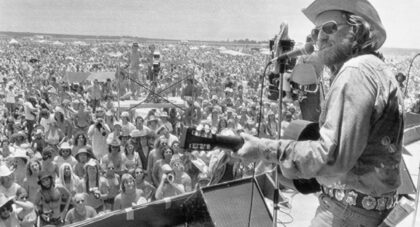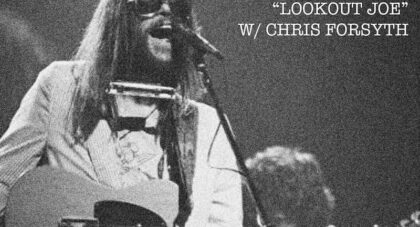Built on stones laid down by John Lee Hooker, Tony "T.S." McPhee's The Groundhogs were labeled “post-blues” by the rock & roll press of the late '60s and '70s. The band was farther out than Cream, and they tapped into an end-of-flower-power darkness like a less disdainful The Doors, and shared the medieval attitude of Ladbroke Grove bands like Deviants, Pink Fairies, or Hawkwind. but their journey to Inner Space reflects entirely unique concerns . . .
Only the good shit. Aquarium Drunkard is powered by its patrons. Keep the servers humming and help us continue doing it by pledging your support.
To continue reading, become a member or log in.


